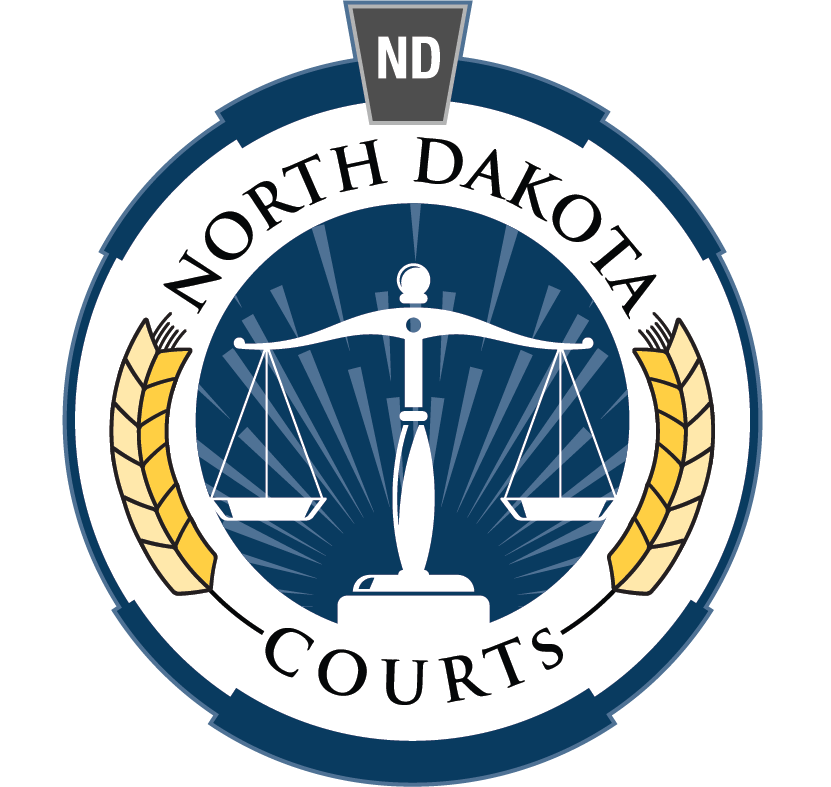VEXATIOUS LITIGATION - Administrative Rule 58
Effective Date: 3/1/2017
Obsolete Date: 6/21/2017
Section 1. Purpose.
This rule addresses vexatious litigation, which impedes the proper functioning of the courts, while protecting reasonable access to the courts.
Section 2. Definition.
(a) Litigation means any civil or disciplinary action or proceeding, including any appeal from an administrative agency, any review of a referee order by the district court, and any appeal to the Supreme Court.
(b) Vexatious litigant means a person who habitually, persistently, and without reasonable grounds engages in conduct that:(1) serves primarily to harass or maliciously injure another party in litigation;(2) is not warranted under existing law and cannot be supported by a good faith argument for an extension, modification, or reversal of existing law;(3) is imposed solely for delay;(4) hinders the effective administration of justice;(5) imposes an unacceptable burden on judicial personnel and resources; or(6) impedes the normal and essential functioning of the judicial process.(c) Presiding judge means the presiding judge of a district under N.D. Sup. 19 Ct. Admin. R. 2.
Section 3. Pre-filing Order.
(a) The presiding judge may enter a pre-filing order prohibiting a vexatious litigant from filing any new litigation or any new documents in existing litigation in the courts of this state as a self-represented party without first obtaining leave of a judge of the court in the district where the litigation is proposed to be filed. A pre-filing order must contain an exception allowing the person subject to the order to file an application seeking leave to file.
(b) A district judge or referee may, on the judge's own motion or the motion of any party, refer the consideration of whether to enter a pre-filing order to the presiding judge. The presiding judge may also consider whether to enter such a pre-filing order on the judge's own motion or the motion of a party if the litigant with respect to whom the pre-filing order is to be considered is a party to an action before the presiding judge.
Section 4. Finding.
A presiding judge may find a person to be a vexatious litigant based on a finding that:
(a) in the immediately preceding seven-year period the person has commenced, prosecuted or maintained as a self-represented party at least three litigations, other than in small claims court, that have been finally determined adversely to that person; or
(b) after a litigation has been finally determined against the person, the person has repeatedly relitigated or attempted to relitigate, as a self-represented party, either(1) the validity of the determination against the same defendant or defendants as to whom the litigation was finally determined; or(2) the cause of action, claim, controversy, or any of the issues of fact or law, determined or concluded by the final determination against the same defendant or defendants as to whom the litigation was finally determined; or(c) in any litigation while acting as a self-represented party, the person repeatedly files unmeritorious motions, pleadings, or other papers, conducts unnecessary discovery, or engages in other tactics that are frivolous or solely intended to cause unnecessary burden, expense or delay; or
(d) the person has previously been declared to be a vexatious litigant by any state or federal court of record in any action or proceeding.
Section 5. Notice.
If the presiding judge finds that there is a basis to conclude that a person is a vexatious litigant and that a pre-filing order should be issued, the presiding judge must issue a proposed pre-filing order along with the proposed findings supporting the issuance of the pre-filing order. The person who would be designated as a vexatious litigant in the proposed order will have 14 days to file a written response to the proposed order and findings. If a response is filed, the presiding judge may, in the judge's discretion, grant a hearing on the proposed order. If no response is filed within 14 days, or if the presiding judge concludes following a response and any subsequent hearing that there is a basis for issuing the order, the presiding judge may issue the pre-filing order.
Section 6. Appeal.
A pre-filing order entered by a presiding judge designating a person as a vexatious litigant may be appealed to the Supreme Court under N.D.C.C. � 28-27-02 and N.D.R.App.P. 4.
Section 7. Supreme Court Order.
The Supreme Court may, on the Court's own motion or the motion of any party to an appeal, enter a pre-filing order prohibiting a vexatious litigant from filing any new litigation in the courts of this state as a self-represented party without first obtaining leave of a judge of the court where the litigation is proposed to be filed. If the Supreme Court finds that there is a basis to conclude that a person is a vexatious litigant and that a pre-filing order should be issued, the Court must issue a proposed pre-filing order along with the proposed findings supporting the issuance of the pre-filing order. The person who would be designated as a vexatious litigant in the proposed order will have 14 days to file a written response to the proposed order and findings. If no response is filed within 14 days, or if the Supreme Court concludes following a response and any subsequent hearing that there is a basis for issuing the order, the pre-filing order may be issued.
Section 8. Sanctions; New Litigation.
(a) Disobedience of a pre-filing order entered pursuant to this rule may be punished as a contempt of court.
(b) A judge may permit the filing in the courts of this state of new litigation or any documents in existing litigation by a vexatious litigant subject to a pre-filing order only if it appears that the litigation or document has merit and has not been filed for the purpose of harassment or delay.
(c) If a vexatious litigant subject to a pre-filing order files any litigation without first obtaining the required leave of a judge to file the litigation, the court may dismiss the action. In addition, any party named in the litigation may file a notice stating that the plaintiff is a vexatious litigant subject to a pre-filing order. The filing of such notice stays the litigation. The litigation must be dismissed by the court unless the plaintiff, within 14 days of the filing of the notice, obtains an order from the judge permitting the litigation to proceed. If the judge issues an order permitting the litigation to proceed, the time for the defendants to answer or respond to the litigation will begin to run when the defendants are served with the order of the judge.
Section 9. Roster.
The clerk of court must provide a copy of any pre-filing order issued under this rule to the State Court Administrator, who will maintain a list of vexatious litigants subject to pre-filing orders.
Rule 58 was adopted, effective March 1, 2017; amended effective June 21, 2017; August 11, 2021; September 1, 2022; January 25, 2023.
Rule 58 was amended, effective September 1, 2022, to make the vexatious litigant procedure applicable to the attorney and judicial disciplinary process and to small claims court. The amendments also clarify pre-filing order procedure.
Rule 58, Section 3, was amended, effective January 25, 2023, to require pre-filing approval be obtained from a judge of the court (or where applicable, the board or commission) where the proposed filing is to be made. The prior rule required leave of a judge "in the district."
SOURCES: Joint Procedure Committee Minutes of April 29, 2022, pages 13-14; May 12-13, 2016, pages 25-29. Idaho Ct. Admin. R. 59.
STATUTES AFFECTED:
CONSIDERED: N.D.C.C. §§ 27-05-06, 27-05-22, 27-05-23, 28-27-02.

